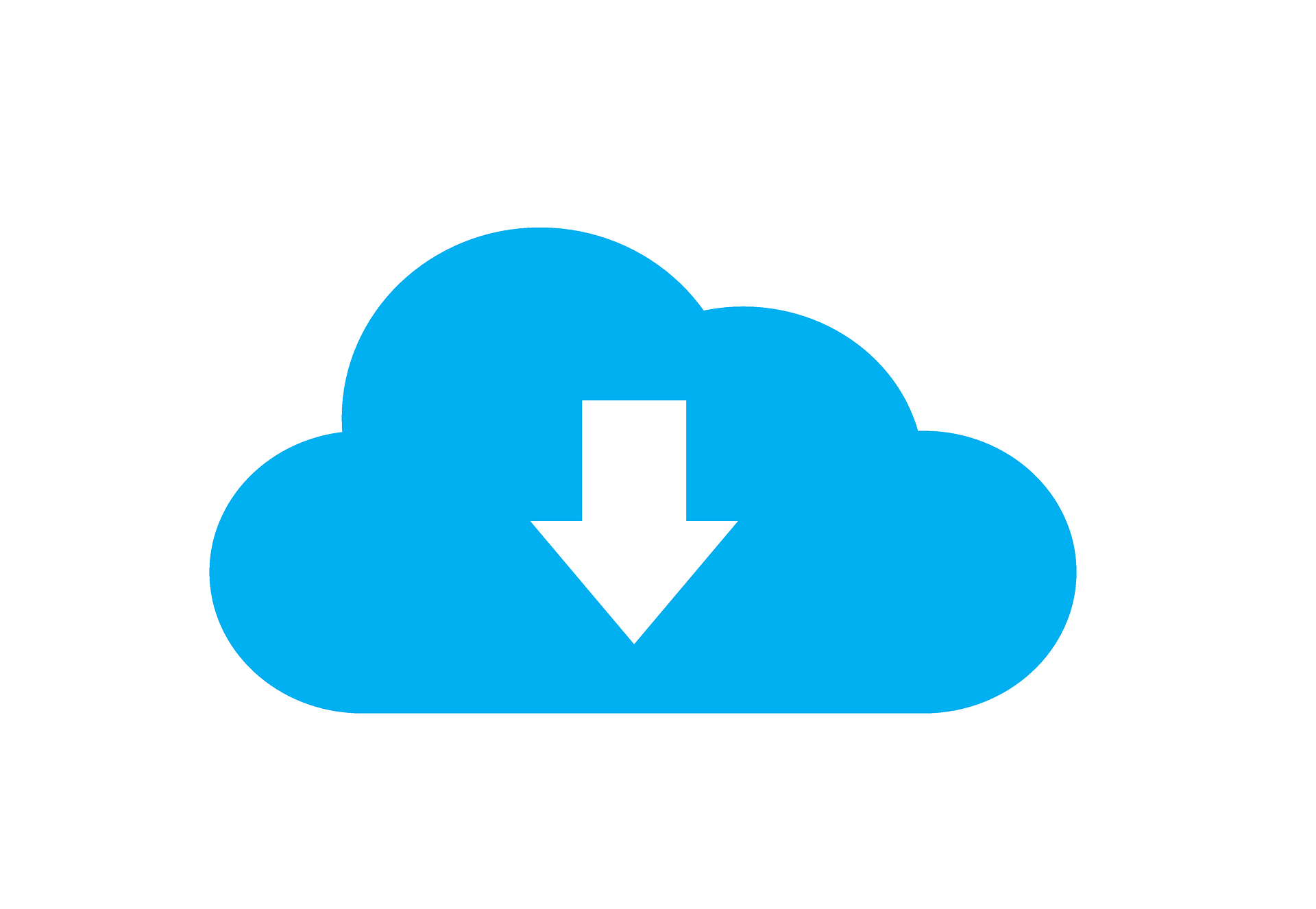Back in the late 90s/early 2000s there was an infomercial for a microwave oven that could cook virtually anything.
After loading a massive turkey dinner inside, the host would prime the audience – it was time to chant the magic phrase,
“Set it and forget it!”
Unfortunately, this is exactly what many small business owners do when it comes to building their websites. But “setting and forgetting” your website is like filling a leaky bucket. Soon, the water will leak out and all of your efforts will have been wasted.
Overtime, you’ll start to notice a gradual decrease in traffic, conversions, and ultimately revenue.
In this article, you’ll discover what a website maintenance plan is and how having one helps you continue to hit your sales targets, year after year.
What Is a Website Maintenance Plan?
Website maintenance plans are services that support the ongoing performance of your website. If you’re like many business owners, you probably did your due diligence in selecting a web hosting provider (at least we hope you did). Where you host your website affects uptime, speed, and overall performance overtime. If any of these slip, it could cost you visitors, leads, and ultimately business. So it’s important to find a good hosting plan. However, this is also where many people stop. They mistakenly believe that a great hosting provider will be the answer to any problems their site faces in the future. The truth is, you need a website maintenance plan. Effective maintenance plans:
-
- Improve marketing efforts
- Maintain site functionality
- Keep you updated on any potential challenges
What’s the Difference Between Web Hosting and Website Maintenance?
Because many hosting services include maintenance plans, it’s easy to confuse the two as the same thing.
When you use hosting services, you are essentially renting a space for your website. And as a part of your “rental agreement” your host will make sure that their server can always support your site. This mostly includes troubleshooting and preventing crashes.
This is different from regular website maintenance mainly because it’s limited in scope.
While website maintenance is the ongoing upkeep of your website, it also includes tactics that help improve your business success as well—which you’ll have a better grasp on by the end of this article.
And that leads us to…
10 Reasons You Need a Maintenance Plan, Not Just Hosting for Your Website
Having a website maintenance plan is like making a commitment to the continual growth and improvement of your business. B2B customers now expect a B2C experience when it comes to the vendors they work with. In the past, to learn more information about a business, vendors had to hop on a sales call. After that, a representative would go into an extended sales presentation. Now, B2B clients prefer to have all the information upfront. This requires your website to be more than just a landing page for your services. It must be a starting point for building a solid relationship with a potential new client. And regular maintenance of your website, like updating educational content, case studies, and improving site navigation, is key to building this relationship. When you handle this effectively, your teams can hop on a sales call and most of the work is already done! The following section provides 10 more reasons you definitely need a maintenance plan for your website.

Protect Your Assets with Air-tight Security
Nearly half of all cyber attacks are against small businesses. This costs companies with fewer than 500 employees nearly $7.7 million per attack.
Not only is your bottom line at risk, but cyber attacks also threaten your reputation.
The most common industries that consistently face cyber attacks/security breaches are:
-
- Retail
- Technology
- Government
These industries contain the highest amount of personal identifying information, a treasure trove for those with ill intentions.
A well developed maintenance plan helps to maintain your website security features as well as identify any potential risks. Adding this service helps your inhouse IT professionals do their job and keeps you alert to any potential threats to your business.
Some examples of website security tasks include:
-
- Installing and maintaining your SSL Certificate
- Regularly updating WordPress and Plugins
- Scanning for malware, ransomware, and malicious code
- Scanning and preventing username/password cracking
- Maintaining firewalls
- Protecting against harmful bots



Spread the Word with Search Engine Optimization
The next reason to bring on a website maintenance team is to improve your position in search engine results pages. By now, you know that in order to be successful online, your business must show up in the search engine results.
Engines like Google scan your website to ensure it’s providing value to the end user via content and functionality.
An SEO website maintenance plan may include things like:
-
- Content updates
- Link checking/building
- Site audits for performance
- Keyword research
- Competitor analysis
- Eliminating duplicate pages
Search engine optimization, when executed properly, is a strategy that ensures your website brings in as much virtual traffic as possible. Great SEO also increases the likelihood that you land in the top 10 results, which means consumers searching for the products/services you provide find their way to your business.

Continually Provide Fresh Content
Your content is one of many ways to communicate with your prospects and build a relationship.
This content warms up prospects, so once they hop on a call, they know what you offer and already have an understanding of how it will solve their problems.
Regularly updating your content keeps you ranking in the SERPs and informs your customer that you are active in your industry. Content should be tailored to your customer’s position in the buyer’s journey, i.e. information gathering, decision making, choosing a vendor, etc.
Maintenance plans help you achieve this by:
-
- Updating blogs with relevant information
- Optimizing video, and other content for shareability
- Ensuring relevant keywords are used
- Optimizing product listings for customer value and conversions


Maintain Links
As your website ages, links and pages may break down or become unavailable. Sometimes this happens as referenced links are moved or as a result of adding new code and behind the scenes work.
A 404 or 303 page is not what you want your prospects to see when it’s time to choose a vendor. Dead links also affect your ranking with the search engines, which impacts your revenue potential.
A website maintenance plan is especially important if your website is going through an overhaul or relocation. Conduct regular maintenance if you add or remove products or services consistently.

Keep Your Store Open for Business with Website Uptime
Website uptime is the amount of time websites are accessible to users over a given period. And website uptime is extremely important to those search engines.
High availability is considered 99.999% (aka five-nines uptime) which translates to roughly 5 minutes and 25 seconds of downtime per year.
99.99% (four-nines) is considered low availability, which will lead to roughly 1 hour and 10 minutes of downtime per year.
A site is typically considered “up” if a user can interact with the page. For instance, even if a page goes down or returns an error code it’s still considered up.
Many things can cause a website to go down including:
-
- A sudden increase in traffic volume
- Scheduled maintenance
- Faulty plugins
- Outdated hosting servers
- Lack of regular maintenance
- Poorly written code
By investing in a maintenance plan, you reduce the time your website spends down every year. Website maintenance professionals continually measure website performance and suggest improvements to keep things running smoothly.
Fortunately, unpredictable interruptions to your website availability are common enough that you can prepare for them.



Protect Against Unforeseen Hiccups with Backup and Recovery
No matter the size of your business, technology hiccups are bound to happen. The difference between those that are affected vs. unaffected is a regular backup schedule.
Backups provide many benefits like:
-
- Saving you money and countless hours rebuilding from scratch.
- Building trust and reliability with your customers.
- Protecting you from losing all your critical data.
- Demonstrating problem solving ability to your clients.
In your website maintenance plan, incorporate both automatic and manual backups. Automation will save you time and mental bandwidth. Manual backups ensure that your information is saved immediately after a change to your site.



Stay a Step Ahead of the Competition with Regular Updates
Planned obsolescence
The only constant in technology is constant change.
And usually, that’s a good thing.
Sure, when Google changed its algorithm to give a higher priority to websites that had a better experience for mobile users, it caused a lot of disruption. But the tech world learned to adapt and overcome.
In order to improve efficiency and user experience, software companies are constantly
revising and updating their products. But when a feature or software plugin that used to work suddenly doesn’t, it adds immediate stress to the organization. This could affect website functionality, disrupt sales and customer service processes, and cost you business.
You get the picture. Updates to applications (or a lack thereof) rank at the top of the list for creating new headaches that make it hard to fulfill customer orders. This inevitably leads to poor customer satisfaction and a loss in revenue.
In order to take advantage of the constant improvements in technology, instead of letting those improvements become headaches, you need to stay ahead of all the updates.
Updates like new privacy policies, security, site integrations, and changing style trends, so your website continues to look attractive and up-to-date.
Website maintenance helps you stay on top of these changes by regularly updating things like:
-
- Plugins
- Security features
- Broken page functions
- Opt-in forms that don’t work
- Third party apps



Enhance User Experience
After a bad experience on your website, 88% of online customers are less likely to return. Meaning it only takes a few seconds to lose a prospect for good.
User experience can be affected by many things, including:
-
- Design aesthetics
- Design functionality
- Ease of navigation
- Content usefulness
- Page load time
Improving user experience is one of the most important reasons to invest in a site maintenance plan. Maintenance helps to ensure that the marketing tactics you’re using to attract new customers actually has a chance of paying off.

Remain Compliant
While many forms of compliance aren’t legally required, you can face legal action from individuals or credit card companies by becoming non-compliant with certain standards.
These penalties and fees can quickly add up from a few hundred dollars to several thousands.
Some examples of compliance:
-
- American Disabilities Act (ADA)
- Payment Card Industry (PCI)
- Industry-specific standards
- GDPR and other personal information privacy laws
It can cost you big-time if you fail to comply with federal regulations designed to ensure equal access to those with disabilities, especially those with visual impairments.
And if you’d like to continue to accept payment by credit card, you’d better stay on top of the latest security standards published by PCI.
Likewise, to protect consumer privacy, you need to stay abreast of the latest privacy regulations required by GDPR. Comply, or face steep fines.
Maintenance plans help you monitor and update your site on a regular basis, so you remain compliant with industry or local regulations.



Get an Indepth Look at Your Site Analytics
Measuring the performance of your marketing and business tactics is a major part of long term success.
By establishing metrics and analyzing key data points, you can make continuous improvements that better serve your potential clients.
One of those key data analytics and a great way to measure SEO success is website analytics. By using traffic tools like Google Analytics or Ahrefs, you gain valuable insight into how your site stands up against competitor sites.
Some services offered under website maintenance plans are:
-
- Performance tracking
- Analyzing traffic data and making suggestions for improvement in design, content, etc.
- Monitoring bounce rate
Properly analyzing and interpreting site analytics takes a high degree of skill and knowledge. Site analytics can quickly become a jumble of meaningless numbers unless you have the professional experience to know what you’re looking for.
What to Look for in a Website Maintenance Plan
If you currently have website maintenance provided by your web host, you’re on the right path to success.
But in order to create an unfair advantage for yourself, look for the following features in your website maintenance plans:
- Regular updates
- Consistent backups
- Key improvement recommendations
- High-quality customer care
- SEO and site analysis
Web maintenance not only improves your site performance, but has the compounding effect of increasing conversions and making you look more professional to potential customers.
In a perfect world, websites would be “set it and forget it” but we know technology moves at lightning speed. In order to stand out in a digital world, you need to optimize the details that count.
And that’s having a website that offers clients exactly what they’re looking for.

Supercharge Your Site for Lead Generation
Building a successful website that attracts prospects and converts them into customers and raving brand advocates requires a multifaceted approach.
Using the right messaging and market positioning, you deliver better quality leads for your sales teams to close and drive more revenue into your pocket.
That’s because by the time potential customers place a phone call, most of the heavy-lifting sales work is already done.
But executing a good marketing strategy all on your own requires a lot of guessing and painful–and expensive–trial and error.
And that’s where Spartan Marketing comes in. We help small businesses define their audience and their strategy to deliver hot leads to their sales teams.
Take the guesswork out of marketing and get your messaging right the first time. Click here if you’re ready to start generating more qualified leads for your business.

